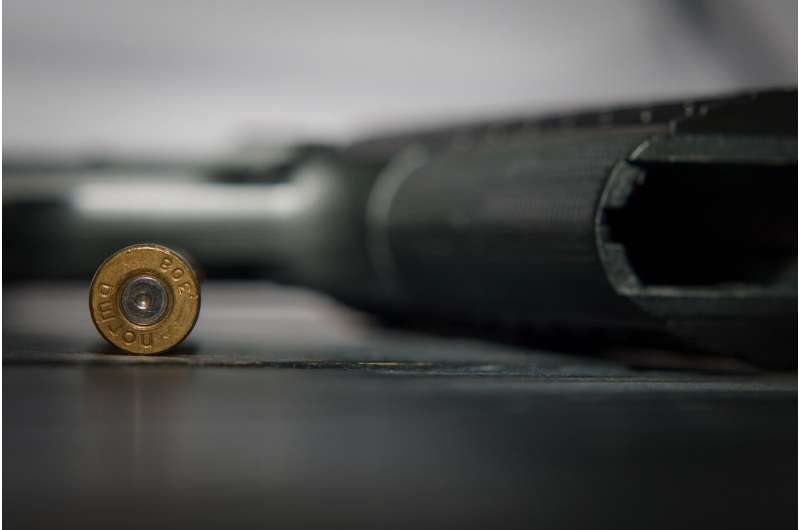
The number of gun deaths in the United States underwent an “historic” increase in 2020, possibly due to the effects of the COVID-19 pandemic and poverty, according to a report by health authorities published Tuesday.
The US racked up 19,350 firearm homicides in 2020, up nearly 35 percent as compared to 2019, and 24,245 gun suicides (up 1.5 percent), the Centers for Disease Control and Prevention (CDC) said in its report.
The CDC deemed both the murders and suicides by firearm “persistent and significant US public health concerns.”
The firearm homicide rate stood at 6.1 per 100,000 inhabitants in 2020, the highest for more than 25 years.
The proportion of murders involving guns increased most notably among men, teenagers and young adults, and in African-American and Native American communities, the CDC said.
No region of the United States has been spared, although homicides have risen the most in counties with high poverty rates and large ethnic minority populations.
People also die by suicide more often in poor, non-metropolitan and rural areas.
“One possible explanation is stressors associated with the COVID-19 pandemic that could have played a role” in the rise, said Tom Simons, an expert in violence prevention at the CDC.
“These include changes and disruptions to services and education, social isolation, economic stressors such as job loss, housing instability, and difficulty covering daily expenses,” he told reporters.
The report also notes that the risk of violence is linked to “longstanding systemic inequities and structural racism” in the country.
The report cites tensions between the public and law enforcement, noting the wave of protests in 2020 after the death of George Floyd, an unarmed Black man killed by a white police officer in Minneapolis, spikes in weapons purchases, and a rise in the number of cases of domestic violence.
“Firearm deaths are preventable, not inevitable,” said Debra Houry, director of the CDC’s National Center for Injury Prevention and Control, recommending “a comprehensive approach focused on reducing inequity.”
She cited the “promising” work of street outreach workers in reducing tensions in high-crime neighborhoods, as well as mediation programs set up in some hospitals to help young people wounded in the streets “break the cycle of violence,” and the work of suicide prevention programs.
Houry also noted the need to address underlying economic factors by offering housing aid or tax credits, and ensuring “livable wages” to lift disadvantaged families out of poverty.
Another avenue being explored is the role of improving the environment, with the creation of green spaces or the cleaning-up of waste lots.
Source: Read Full Article


